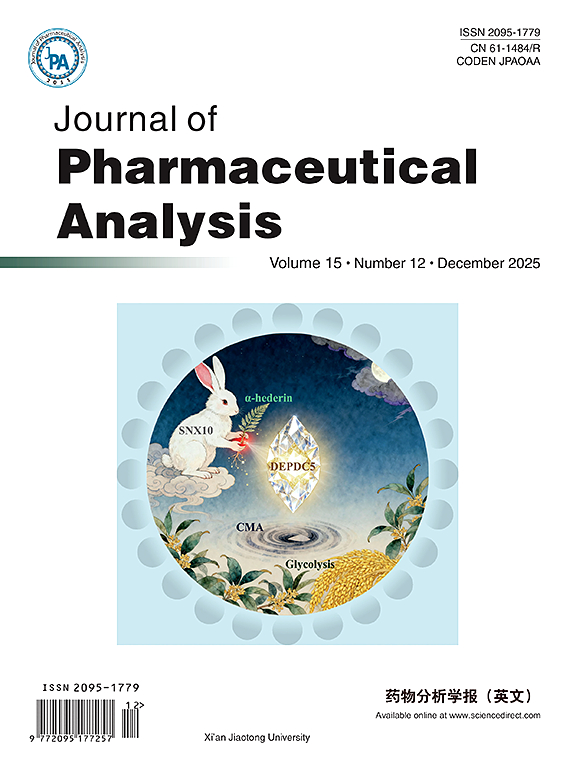2020 Vol. 10, No. 4
Display Method:
2020, 10(4): 277-290.
Abstract:
2020, 10(4): 291-312.
Abstract:
2020, 10(4): 313-319.
Abstract:
2020, 10(4): 320-328.
Abstract:
2020, 10(4): 329-333.
Abstract:
2020, 10(4): 334-345.
Abstract:
2020, 10(4): 346-350.
Abstract:
2020, 10(4): 351-355.
Abstract:
2020, 10(4): 356-364.
Abstract:
2020, 10(4): 365-375.
Abstract:
2020, 10(4): 376-384.
Abstract:
2020, 10(4): 385-395.
Abstract:



